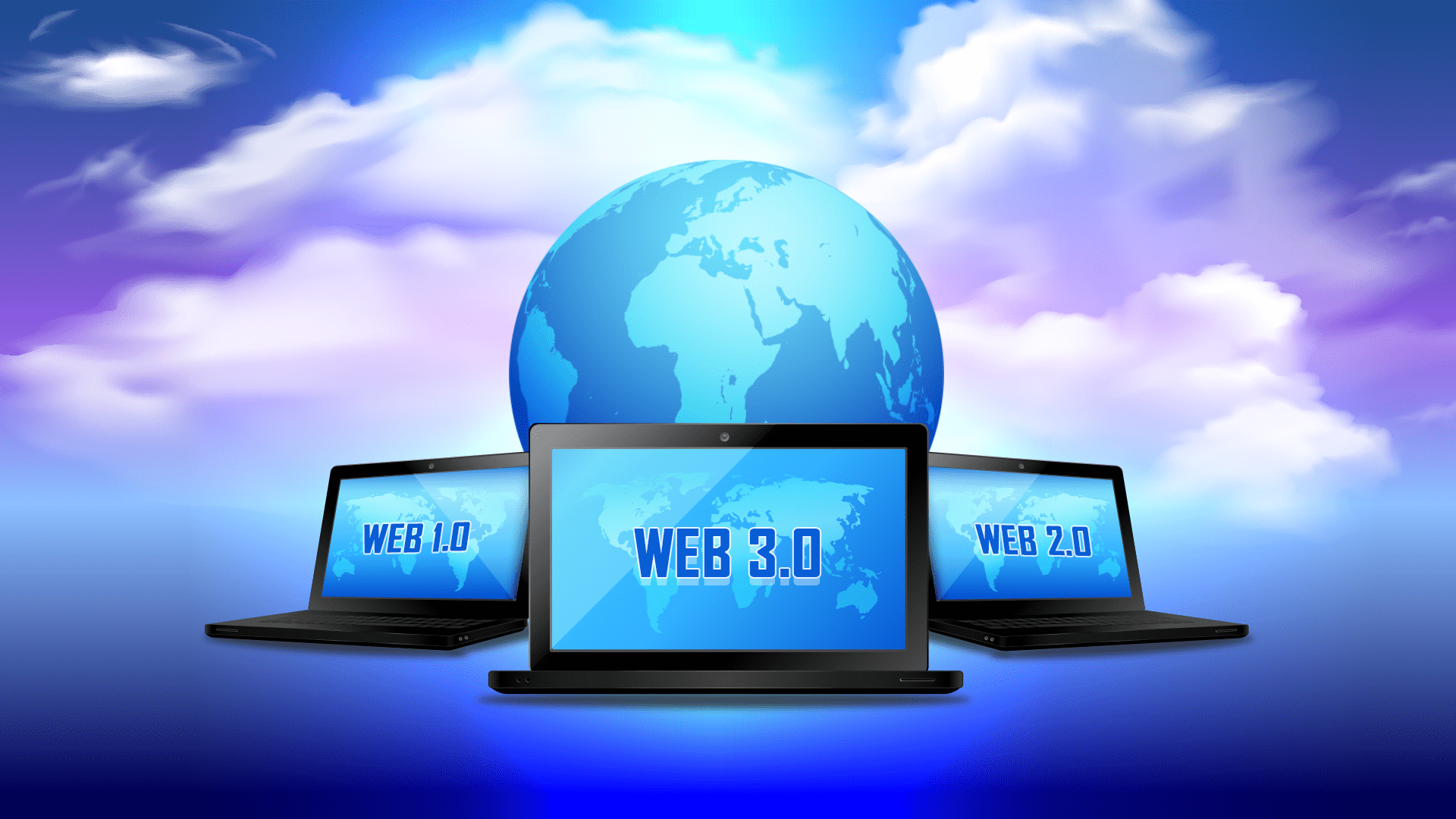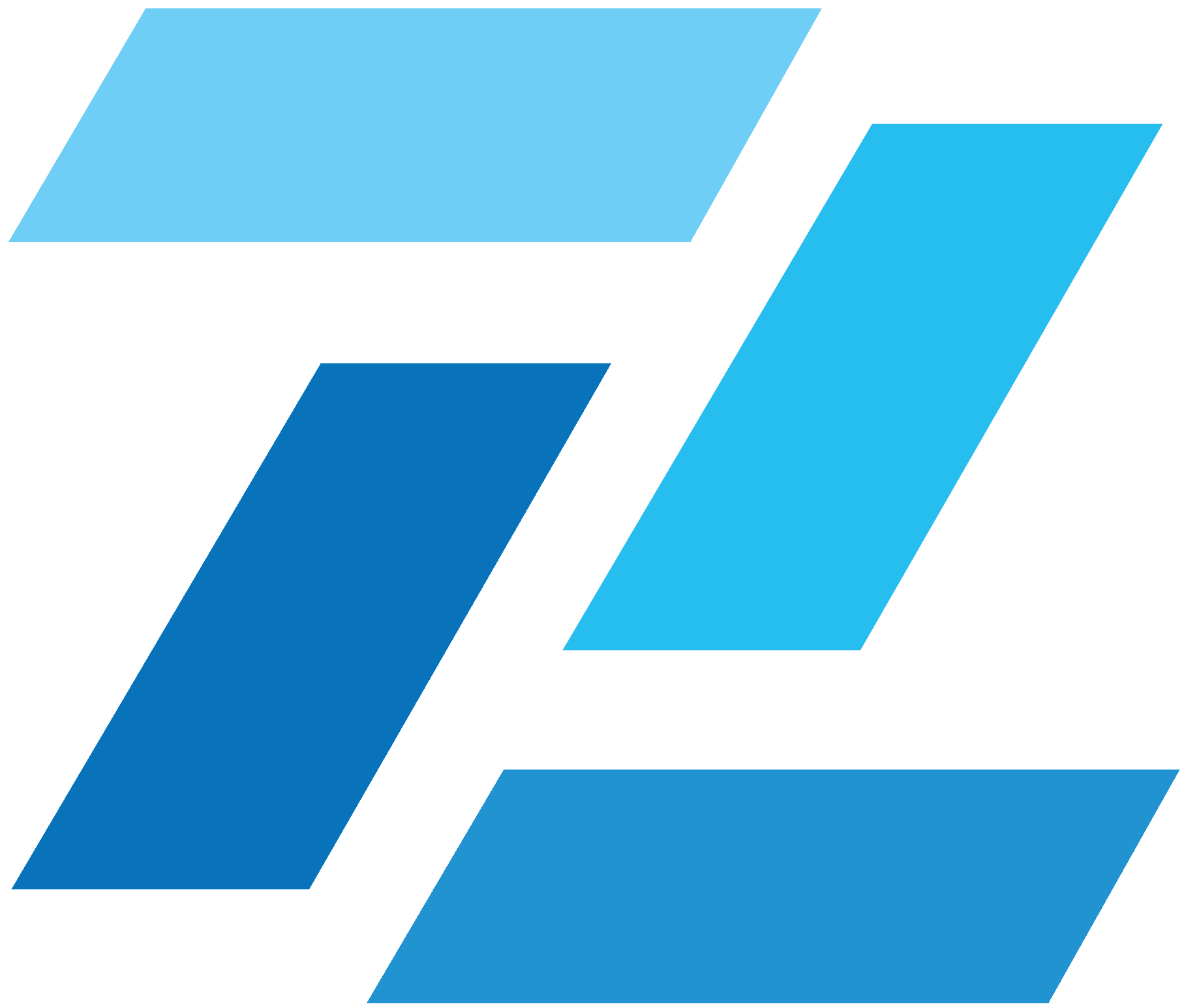In the ever-evolving landscape of the digital era, a plethora of jargon and terminology has emerged, often confusing everyday conversations. One common mix-up involves the interchangeable use of “the Web” and “the Internet,” even though they denote distinct entities to web development. Additionally, within the Web realm, multiple iterations exist, each with its characteristics and purposes.
To unravel this complexity, let’s delve into the distinctions between Web 1.0, Web 2.0, and Web 3.0. These designations encapsulate different phases of the online experience of web development company, each marked by unique features and functionalities. The article aims to demystify these terms by offering clear definitions for Web 1.0, Web 2.0, and Web 3.0, supplemented by illustrative examples. Furthermore, it will draw comparisons, such as the contrasting attributes of Web 1.0 and Web 2.0.
Before delving into these Web versions, it’s crucial to understand the disparity between the Web and the Internet. The Web, previously known as the World Wide Web, encompasses the pages and sites visible during online browsing. On the other hand, the Internet serves as the interconnected network of computer systems facilitating the functioning of the Web, while also enabling the transmission of files and emails.
By navigating through the nuances of Web 1.0, Web 2.0, and Web 3.0, this article aims to provide clarity in navigating the dynamic landscape of the digital realm.
We all know that the internet is the highway system that helps to connect many cities. On the other hand, website development is considered as the collection of rest stops, gas stations, convenience stores and other stops. All the web versions have used and continue to use the internet for connecting the users with the websites and each other. This is the characteristic that remains constant.
On the other hand, no one uses the term World Wide Web anymore. We still have a remnant of the phrase because the URLs begin with the letter “www” which unsurprisingly stands for the World Wide Web. It is considered a memorable part of the internet culture.
What Is Web 1.0?
This is considered the first version of the web development services that consists of a few people who are creating web pages and content and web pages for a large group of readers by allowing them to access the facts, information and content from the sources. On the other hand, you can sum up Web 1.0 like this it was designed to help people better find information and enhance SEO-friendliness in web development. It is the web version that deals with the dedicated users searching for the data. It can be used as a personal website. Also, it costs the user per page viewed.
Below Are the Design Essentials of a Web 1.0 Site:
- The static pages
- Content is served from the server’s file system
- Pages built using the server-side include
- The frames and tables are used for positioning and aligning the elements on the page
What Are the Features of Web 1.0?
Below is the list of the features of Web 1.0:
- It is easy to connect static pages with the system via hyperlinks
- It helps to support the elements like the frames and tables with HTML 3.2
- Web 1.0 offers graphics and a GIF button
- Less interaction between the user and the server
- With the help of mail, you can send HTML forms
- It only provides one way to publish medium
What Is Web 2.0?
Web 2.0 refers to the worldwide websites that help to highlight the user-generated content, usability and interoperability for the end users. Web 2.0 is also known for participating in the social web. It does not refer to the modification for any technical specification, but it is for modifying the way that the web pages are designed and used by web development agency in India. The transition is beneficial for the websites but it does not seem that when the changes occur.
What Are the Features of Web 2.0?
Below is the list of the features:
- The free sorting of the information, permits the users to retrieve and classify the information collectively.
- The content should be dynamic and responsive to the user’s input
- The whole information flows between the site users using the evaluation and online commenting
- There are developed APIs that allow self-usage. For example, they are software applications and much more. Web development company access leads to concerns that are different; it starts from the traditional internet user base to the wider variety of users.
What Is the Usage of The Web 2.0?
Web 2.0 applications tend to interact much more with the end user.
- Podcasting
- Blogging
- Tagging
- Curating with RSS
- Social Bookmarking
- Social Networking
- Social Media
- Web Content Voting
What Is Web 3.0?
Web 3.0 marks a pivotal evolution in web usage, transitioning from Web 2.0’s frontend innovations to a database-oriented paradigm with the integration of Distributed Ledger Technology (DLT), exemplified by blockchain. Unlike its predecessor, Web 3.0 emphasizes data sharing over ownership, allowing services to present diverse views of the same data by optimizing website loading speed. Within the Web 3.0 landscape, a significant aspect is the Semantic Web, promising a more sophisticated organization of “the world’s information” compared to traditional search engines like Google.
What Are the Features of Web 3.0?
- The Semantic Web in Web 3.0 enhances content connectivity by prioritizing the understanding of words’ meanings over traditional keyword-based approaches.
- In Web 3.0, artificial intelligence, combined with natural language processing, empowers computers to comprehend information akin to humans, providing faster and more tailored results.
- Web 3.0 widely integrates 3D graphics, impacting diverse fields such as museum guides, computer games, e-commerce, and geospatial contexts.
- Web 3.0’s use of semantic metadata enhances connectivity, creating a more interconnected information landscape and elevating the overall user experience.
- Web 3.0 ensures ubiquitous content accessibility across various applications and devices, promoting widespread connectivity and usability.
- Distributed Ledger Technology (DLT) and smart contracts in Web 3.0 establish a secure, virtually uncheckable database, enabling virtual ownership and eliminating the need for intermediaries, fostering a trustless society.
The Final Words
Above mentioned are the major things that make a difference between Web 1.0, web 2.0 and Web 3.0; each having its uniqueness. All three were used at their respective time and revolutionized the world of the web accordingly. If you still have any doubts and need consultation from the experts then it is good to take assistance from the best web development company in India.
 +91 141-4009009
+91 141-4009009 +1 (972) 215-7421
+1 (972) 215-7421

 USA - Dallas Registered
USA - Dallas Registered
 India Jaipur - Corporate
India Jaipur - Corporate